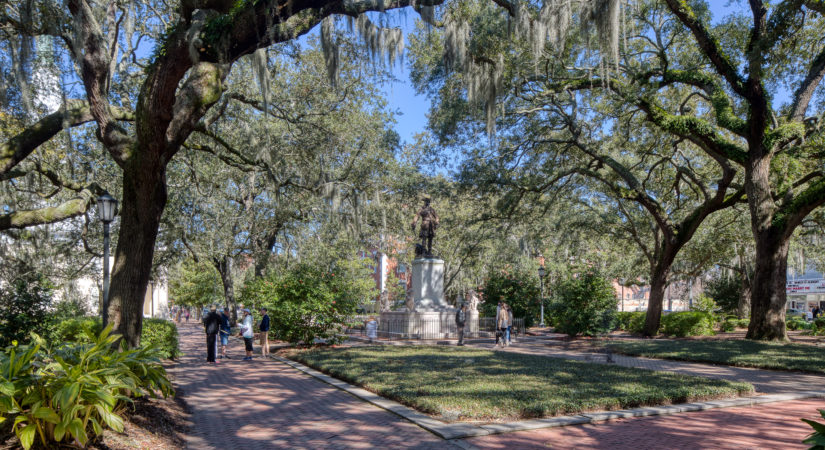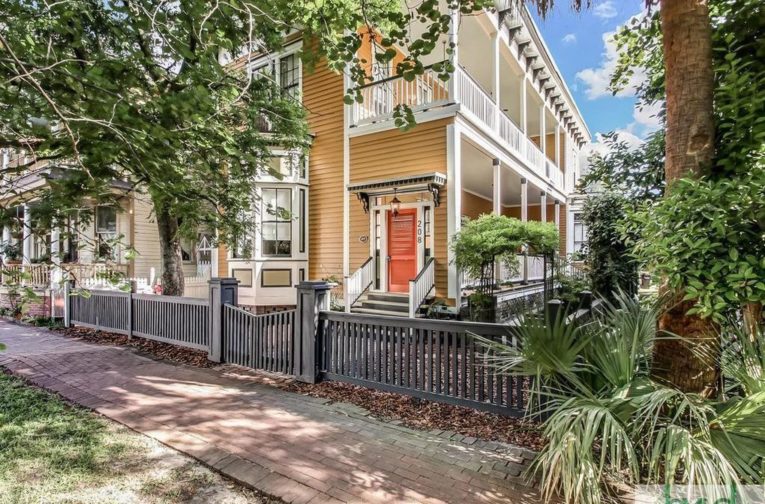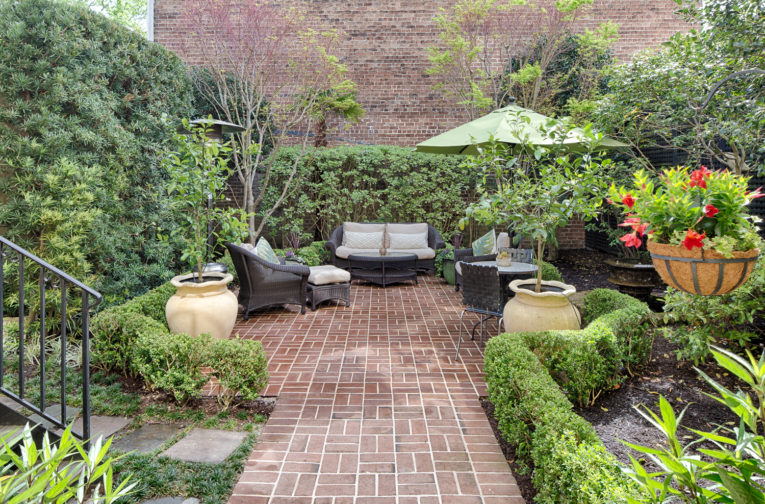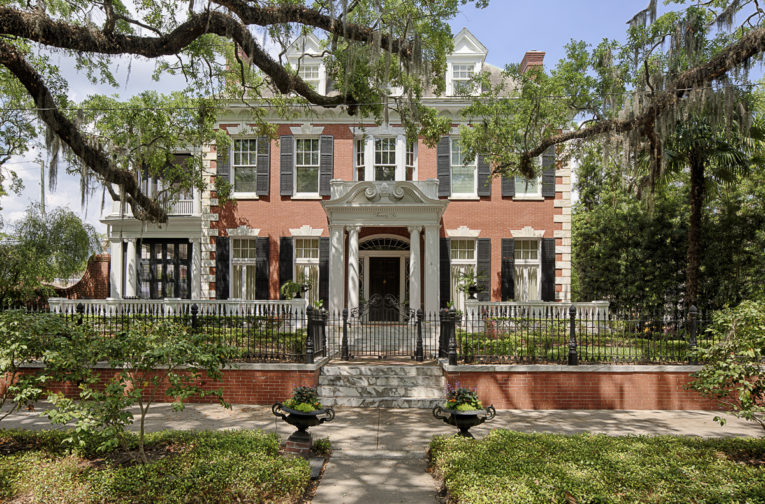Many factors contribute to Savannah’s allure, from incredible natural beauty to stunning historic architecture. However, the city’s urban plan, which was originally created by Savannah’s founder Gen. James Edward Oglethorpe, is what truly sets Savannah apart.
When Oglethorpe established England’s 13 th colony with Savannah’s founding on Feb. 12, 1733, he perfected his concept of an urban plan centering on a grid of interconnected but distinct squares, which the population would share as common spaces. The innovative urban design that defines Savannah’s National Historic Landmark District is key to the city’s enduring appeal.
While several other Georgia cities Oglethorpe founded also featured a version of his town plan – including Brunswick, Darien and Ebenezer – Savannah is the only city that comes close to fulfilling and preserving his original vision.
The Perfect Plan
According to Oglethorpe’s plan, each square in Savannah’s National Historic Landmark District is part of a “ward,” with each ward comprised of a square at the center and a series of buildings ringing its perimeter. The squares were originally important for defense and training of militia, since Savannah was located on the southern border of English-held land, defending against the Spanish in Florida.
The fact that buildings in each of the city’s wards faced inward – overlooking the square – rather than outward is incredibly important, underscoring the fact that Oglethorpe’s plan was really about interconnectivity, mutual support, commerce and community building. In many ways, Oglethorpe’s plan was an early form of multi-use zoning. Trust lots were strategically located to the east and west of each square. While some trust lots were residential, others were reserved for public buildings such as churches and courthouses as well as businesses and artisans.
In many cases, each square had a distinctive character based on the types of trade and activity practiced on and around them. Reynolds Square, for example, once focused on the silk trade in the 18th century. Today, each square’s character is determined by the unique blend of residents and businesses in and around it.
Oglethorpe’s Vision
Part of the genius of Oglethorpe’s plan is its adaptability and scalability. The fact that Savannah’s urban plan continues to dazzle visitors and residents alike more than nearly three centuries later serves as a testament to its genius.
Oglethorpe’s plan took shape with Savannah’s first six squares, laid out in the first decade of the new colony: Johnson Square, Wright Square, Ellis Square, Telfair Square, Reynolds Square and Oglethorpe Square. As the city expanded, so did the wards, long after Oglethorpe’s return to England. The 1790s saw six new wards added to the original six. By the mid-1800s, Savannah had achieved its peak of 24 squares, 22 of which remain for us to enjoy. The five “monumental” squares along Bull Street – Johnson, Wright, Chippewa, Madison and Monterey – were intended to showcase grand memorials of important people and events in Savannah history.
The Legacy Lives On
Why has Oglethorpe’s urban plan remained so relevant over the years? Savannah’s squares provide valuable and beautiful greenspace and shade. They act as natural roundabouts, forcing traffic – either motorized or horse-drawn carriages as originally intended – to slow down.
Perhaps most importantly, Savannah’s urban plan makes the Hostess City one of the most walkable, pedestrian-friendly cities in the world. There’s nothing like strolling the squares at a relaxed pace, enjoying the sights and sounds of the built environment as well as the expansive network of squares and parks. The historical importance of Oglethorpe’s plan – which is widely regarded by urban planners as a near-perfect blend of practicality and beauty – served as a major reason for the push to preserve Savannah’s National Historic Landmark District in the
years after World War II.
Savannah’s Landmark District continues to attract visitors as well as home buyers, year after year. If you’re interested in living or investing in one of the nation’s largest and most impressive Landmark Districts, be sure to work with a real estate professional who has a deep understanding of Savannah’s unique historic character as well as local market trends.






